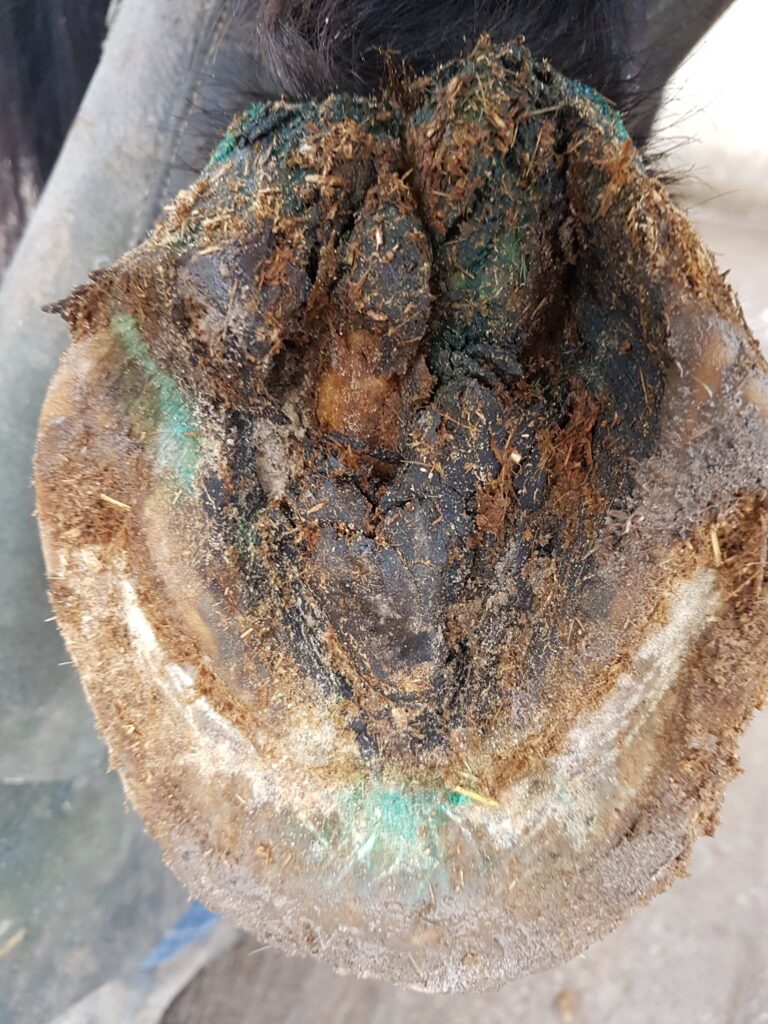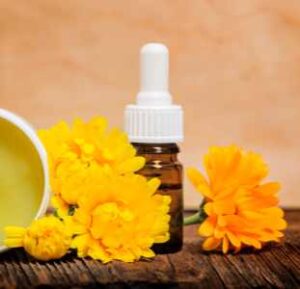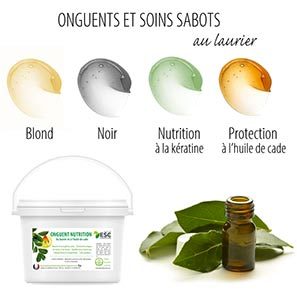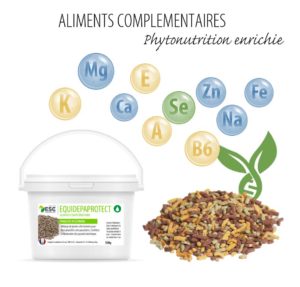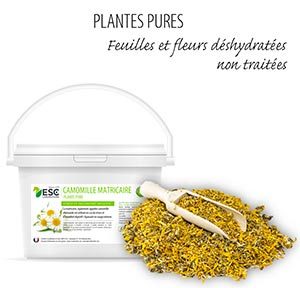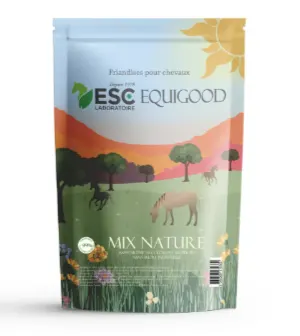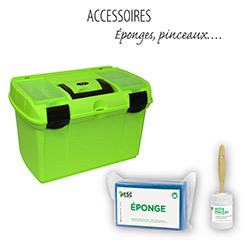Moisture is not your horse's best friend. It may cause many conditions in the lower region of its members Like the mud scab on the pastures or rotten forks on the feet.
The rot of forks affects many horses, in particular because of a lack of hygiene, problems with trimming, etc. Rather easy to diagnose, it can be very painful for your horse, its fork serving it shock absorber.
If your horse has rotten forks, you must act quickly and As soon as possible to treat this condition. ESC shares its advice to treat (and prevent) fork rot in horses and what natural care should be preferred.
What is fork rot: main symptoms
The horse fork is One of the building blocks of his foot. It is easily recognized in its V shape. It consists of a spongy and elastic fabric that protects the plantar cushion. Fork rot usually starts in the median gap of the latter, and can go up deeply to the glomers and extend to the whole fork.. Most often, it is the anterior limbs that will be affected, and the horn of your horse's fork will look split and will look rough. She'll get out of the way. Putrid smell, classic sign of rot. You can also notice that a sticky substance (which can go due grey to black) accumulates in the interstices. It is often to her that one owes this very unpleasant smell. Finally, rotten forks may be accompanied by pain (more or less marked depending on the severity of the fork rot, the conformation of the hoof and the sensitivity of the horse) which usually puts the chip in your ear.What are the main causes of horse fork rot?
First of all, the fork is predisposed to infections by its conformation with many fractures. Fork rot is an infection. Its main cause is therefore the development of bacteria and fungi on your horse's feet. This rot can have many origins. It is also crucial to identify it in order to be able to choose the right treatment, but also to prevent further development of rotten forks. The main culprit is often moisture. If your horse evolves on damp soils, it will be more likely that micro-organisms will develop at foot level. Attention also to the hygiene of its box. A poorly maintained box, So wet and brimming with bacteria and fungi present in the crottins can also promote the development of fork rot. Same for your pet care. If his feet are not regularly cured, it can cause a build-up of residues (crottin, sand, soil, urine) and cause a soil favourable to this condition.How to diagnose rotten forks?
Unlike other equine diseases, such as Tension congestion, Fork rot is fairly easy to detect. It has, as we have seen, quite special symptoms. So you can Diagnosis of rotten forks en case of:- Development of a bad smell in your horse's hooves;
- Blowing of its forks;
- Formation of holes at the forks;
- Decomposition or erosion of the fork.
- Harness in locomotion (irregularity or lameness)
Treat rotten forks: start by curing and cleaning your hooves
Before starting to treat the rotten forks of his horse, it is important to Carefully curing his hooves and identify the median and lateral gaps. For this, settle in as dry a zone as possible. Avoid cleaning your hooves with water. The rotten forks have already absorbed too much moisture. So we cure the hooves of his horse dry by helping in addition to the cure-foot of a small brush or a metal brush. Then think about drying his feet well with a towel to make sure they are perfectly dry. The bottom of the hooves should be cleaned very regularly, at least once a day.Treat fork rot: what products should be used?
Once the sole of your horse's hooves has been perfectly cleaned and dried, you can start the treatment. Your objective is kill bacteria and fungi qHe trained at the level of his forks. To do this, we must choose the products you will use. The market is full of treatments to treat fork rot. Some of them adviseuse vegetable tar. Be careful, because it is often ineffective in case of rotten feet. On the contrary, it may lock up water absorbed by forks and exacerbate the proliferation of bacteria. Same for bleach and cider vinegar. You can certainly see a slight improvement. But it is usually short-lived and the infection will resume as soon as you stop treatment. Then Which natural solutions should we turn to? Here the products we recommend to treat fork rot in the horse.A purifying lotion to clean up forks
On a clean hoof, start with apply a sanitizing treatment which will allow you to fight infection. Our Hoof Clean lotion allows clean and reconstitute damaged forks and helps prevent the risk of infection of the hoof. It combines the benefits of Peru's Balm (known for its healing and antibacterial properties) and cod liver oil (rich in vitamins A and essential fatty acids) to regenerate even very damaged forks and stimulate horn growth. You can apply it directly on rotten forks emphasising gaps. Then let dry 10 to 15 seconds before resting the hoof on the ground. Renew application every day until improvement, then 1-2 times a week. Cade oil and laurel oil are also very effective in cleaning rotten forks.Green clay cataplasm to absorb moisture and soothe rotten forks
To treat rotten forks, you can also apply a cataplasm ofgreen clay on your horse's feet. Green clay Indeed has sanitizing, soothing properties and promotes the absorption of excess water.A protective ointment to prevent fork rot
The last step in treating rotting forks is simply to prevent the problem from reappearing. Comme we saw, it goes through a regular maintenance of his box and care of his hooves. You can also apply a protective ointment for protect its forks from moisture and prevent the risk of infection. Our formula is made from bay oil and cade oil with antiseptic and disinfectant properties.